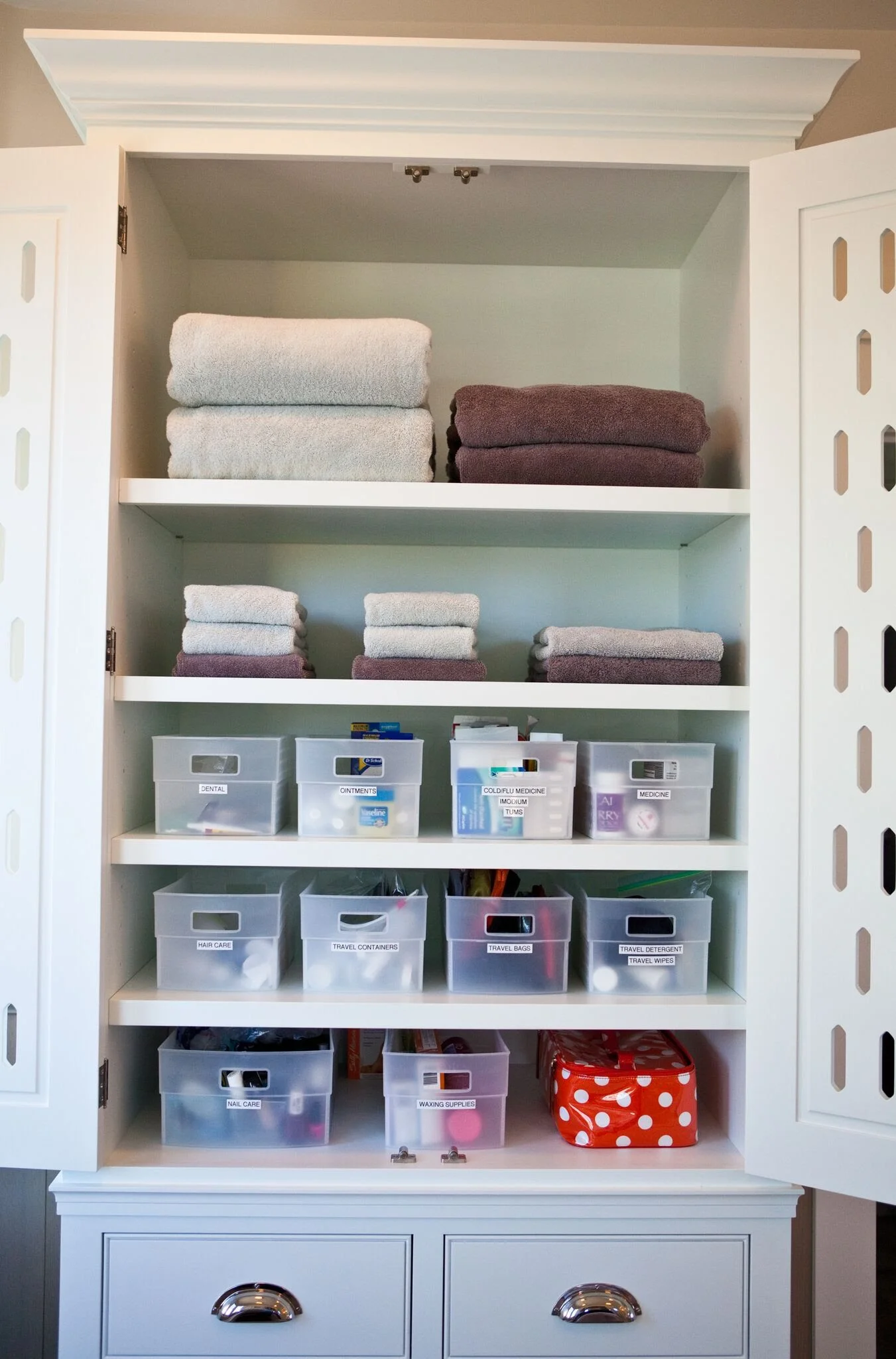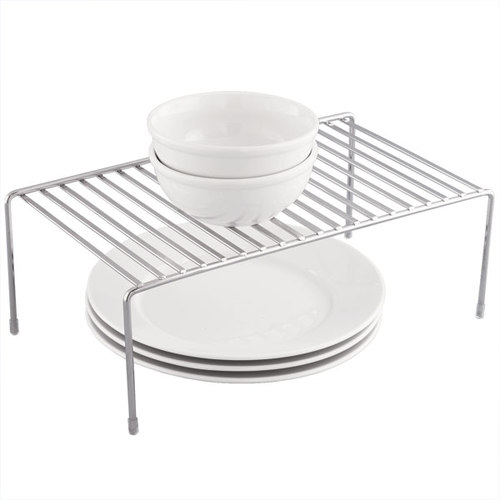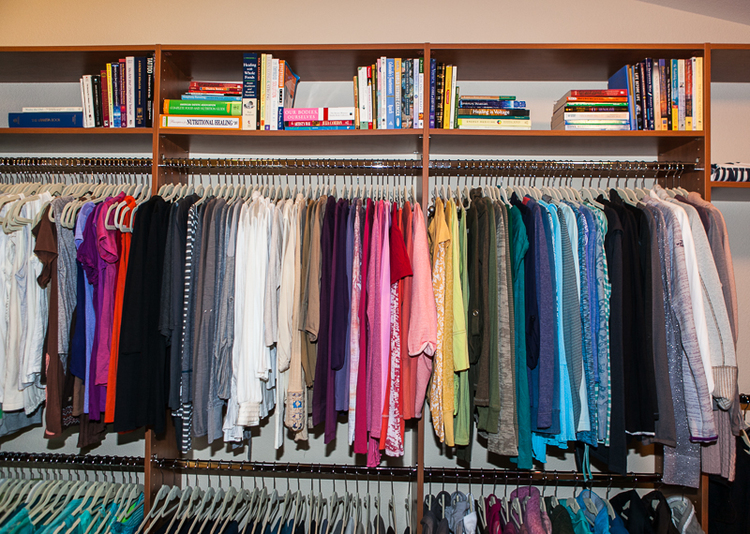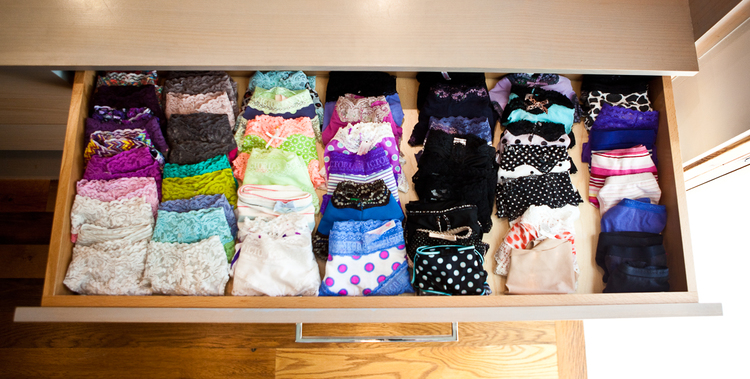Do your drawers the same way--move in one direction across them, pulling out the old and useless, storing the clean, and dropping anything in the laundry basket that needs to be washed but will ultimately be stored. Keep like items together so that in six months when you’re doing the reverse, items will already be organized and easy to reinstate.
Making sure that everything you’re storing has been laundered or dry cleaned is critical--you want to avoid stains becoming permanent. If you’re using boxes, consider tossing in a dryer sheet or two for freshness. Depending on the climate where you live, you may need lavender or cedar balls to deter critters. You want to make sure you don’t hang sweaters or knitwear that can become misshapen over time; instead, arrange them in storage containers with the heaviest on the bottom and the lightest on the top. You can also store any items you buy on sale at the end of the season that you’ll discover as “new” when you’re reversing the process in six months.
As much as it’s tempting to just hang and rearrange the incoming clothes, take a few extra minutes to clean your closet, drawers, and shelves while empty. Bust out the hose attachment on your vacuum, and get those corners sparkling. Then, and only then, bring in your spring clothes to colorize and categorize.
Make sure you store things out of sunlight or away from any extreme temperature fluctuations: think clean, cool, dark, and dry. A guest-room closet is a good solution for off-season clothes that need hanging space as long as you don’t have to rearrange the closet to accommodate the guest. Zippered portable closets can be stored in the basement, or rolling racks with garment (or even garbage) bags work well.
A side benefit of a critical examination of your wardrobe like this is that fewer things to try on equals less time getting dressed. But the really satisfying part of a spring closet shuffle is to see your wardrobe ready for barbecues, picnics, and those poolside margaritas. Can someone pass the guacamole, please?
Happy Organizing!


























